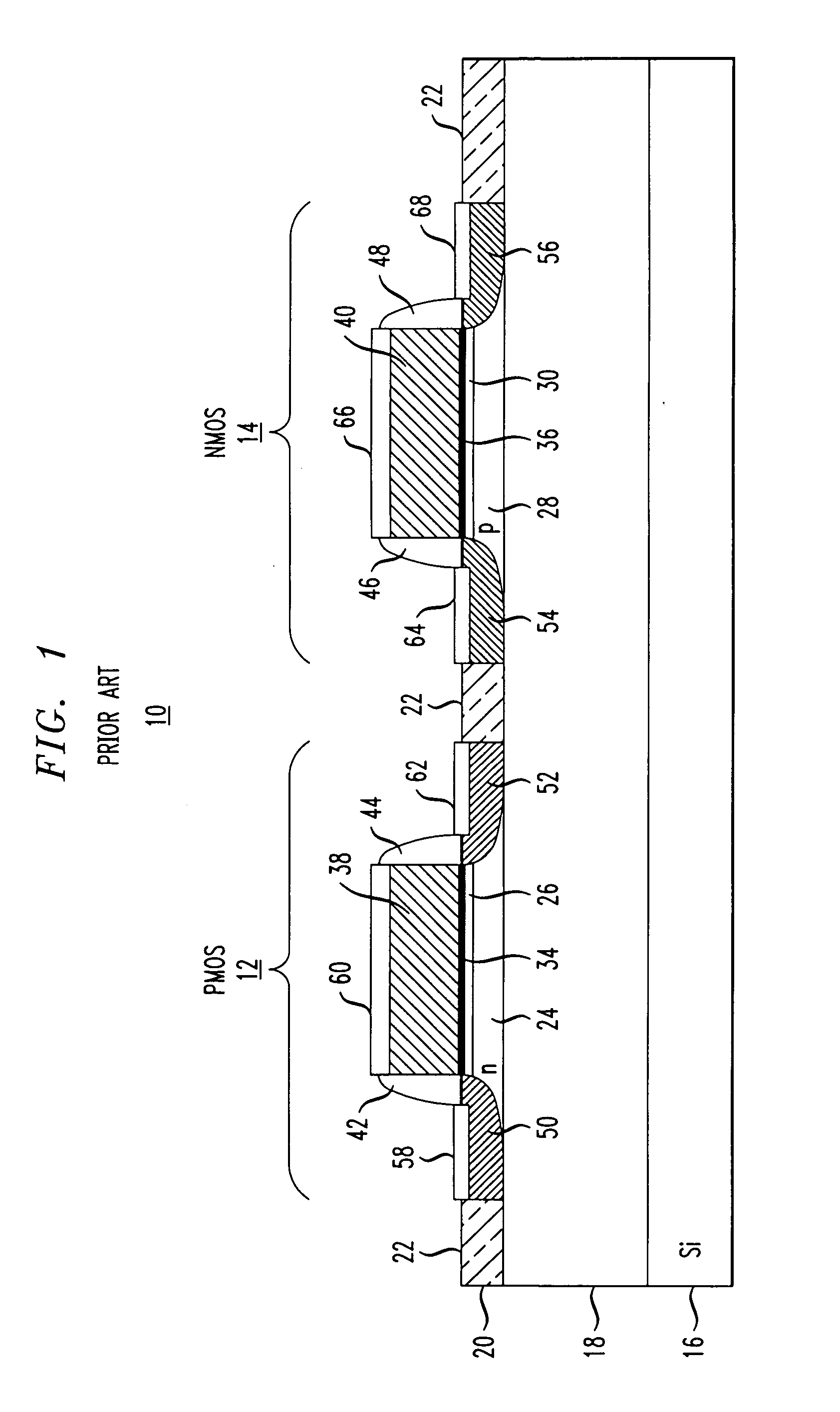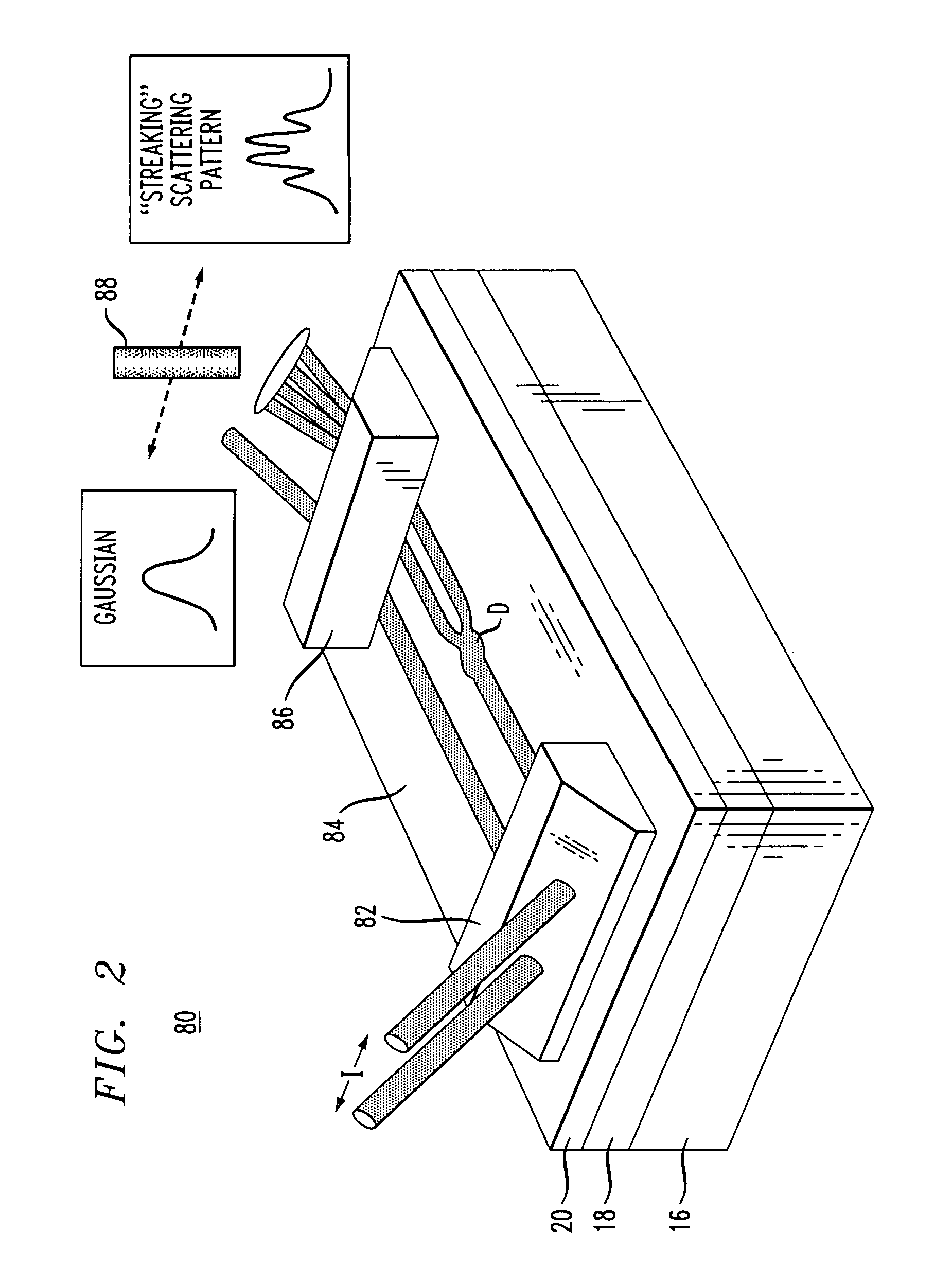CMOS-compatible integration of silicon-based optical devices with electronic devices
a technology of optical devices and electronic devices, applied in the direction of electrical equipment, semiconductor devices, radio frequency controlled devices, etc., can solve the problems of affecting the optical mode, the multi-mode nature of optical waveguides and electro-optic devices, and the difficulty in optimally using the free carrier-based electro-optic effect for manipulating light, so as to reduce the possibility of optical defects affecting optical performance and device yield
- Summary
- Abstract
- Description
- Claims
- Application Information
AI Technical Summary
Benefits of technology
Problems solved by technology
Method used
Image
Examples
Embodiment Construction
[0031] As mentioned above, the present invention discloses a CMOS-compatible processing scheme for the fabrication of planar optical and electro-optical devices with conventional CMOS electronic devices, without significantly altering the performance of high speed / low power CMOS transistors / circuits and with high yields.
[0032] As optical and electro-optic devices have begun to be developed in a sub-micron thick SOI layer, a phenomena hereinafter referred to as “streaking” has been seen by the inventors in certain samples. In general terms, “streaking” occurs when a light beam propagating along a sub-micron SOI layer encounters an optical defect of some sort. The defect perturbs the local effective refractive index of the waveguide and results in scattering, and sometimes in an interference pattern that degrades the performance of the formed optical components.
[0033] The majority of defects that impact the optical performance of an SOI wafer (e.g., physical defects causing optical ...
PUM
 Login to View More
Login to View More Abstract
Description
Claims
Application Information
 Login to View More
Login to View More - R&D
- Intellectual Property
- Life Sciences
- Materials
- Tech Scout
- Unparalleled Data Quality
- Higher Quality Content
- 60% Fewer Hallucinations
Browse by: Latest US Patents, China's latest patents, Technical Efficacy Thesaurus, Application Domain, Technology Topic, Popular Technical Reports.
© 2025 PatSnap. All rights reserved.Legal|Privacy policy|Modern Slavery Act Transparency Statement|Sitemap|About US| Contact US: help@patsnap.com



